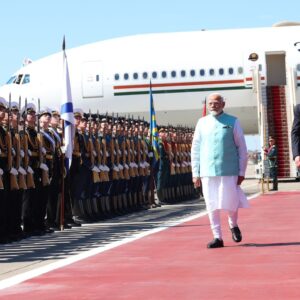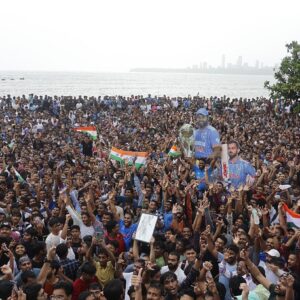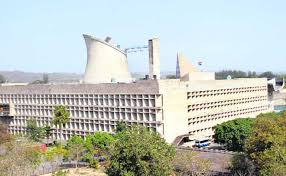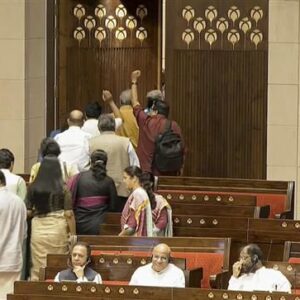The reason for the stand-off between troops of India and China on the Line of Actual Control (LAC) in eastern Ladakh remains a subject of conjecture among foreign policy experts in the absence of any authoritative commentary from both governments.
At the regular press conference on Tuesday, Chinese Foreign Ministry spokesperson received no queries on the LAC stand-off, in an indication that both sides would work out the issue away from public glare and commentary.
The Chinese side has generally withheld observations on the issue except for some observations by The Global Times. A regular commentator on India, Long Xingchun, wrote that most face-offs were resolved without the media getting to know about them. He, however, saw the face-off at Galwan Valley as having been planned by India in advance and cautions that unless not resolved in time it could snowball into a confrontation worse than Doklam.
Like Indian commentators who are clear that China is playing the spoilsport in what is routine improvement of border infrastructure by India, the Chinese commentator in the Global Times is convinced that his side had not initiated the face-off.
Former Foreign Secretary Nirupama Rao has regretted that over the past 16-17 years, these confrontations have quickly turn into public spats because of “leakage of happenings” along the LAC.
“We switch straight to TV babble and amphitheatre,” she commented.
Recalling the most serious confrontation since the 1962 war at Sumdorong Chu in 1987, Rao recalled that the stalemate dragged on for years. Temperatures on both sides were high and harsh words exchanged. But “we were able to command the narrative in public space with much more sobriety and caution”, she observed.
The Ministry of External Affairs (MEA) has commented on the stand-off twice, on May 14 and May 21 and its Chinese counterpart Foreign Office has once briefly commented on the stand-off in which, like the MEA here, blamed the other side for the intrusion. Chinese Foreign Minister Wang Yi did not touch on India at all during his at 90-minute especially-convened press conference on Sunday while External Affairs Minister S Jaishankar has adopted a low profile on this issue.
Former Foreign Secretary Shyam Saran as well as former Ambassadors to China Ashok Kantha and Gautam Bambawale are united in asserting that Chinese aggressiveness on the border is part of its pattern of pushing its advantage on territorial claims while the adversaries are engaged in Covid. This is an observation made by top US diplomat for the region Alice Wells who said the LAC standoff was a reminder that Chinese aggression is not just rhetorical.
Saran has been consistent in making the point that China equates hierarchy with harmony and believes that its natural place is at the top which has to be ensured, if necessary, by coercion.
However with no word coming from actual policy making circles except for few accounts of the stand-off, strategic experts from think-tanks too have been unable to foresee the end game for the issue at the LAC. Neither have they been able to decipher the motive for this Chinese aggression but for Shyam Saran interpreting it in existential terms.
Comments from spokespersons of both Foreign Offices indicate that both sides are engaged on the issue. The reticence of Jaishankar and Chinese Foreign Office’s comments on all global issues but on the LAC stand-off suggests that quiet diplomacy is being given a chance.




 Driving Naari Programme launched in Chandigarh
Driving Naari Programme launched in Chandigarh































